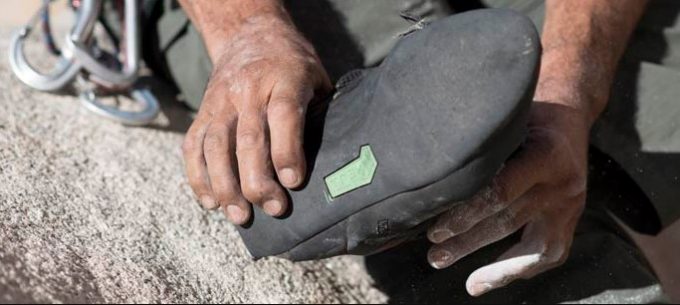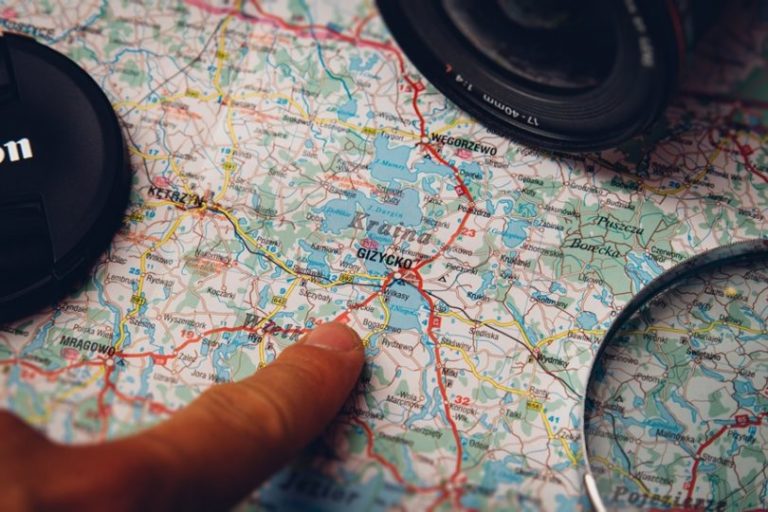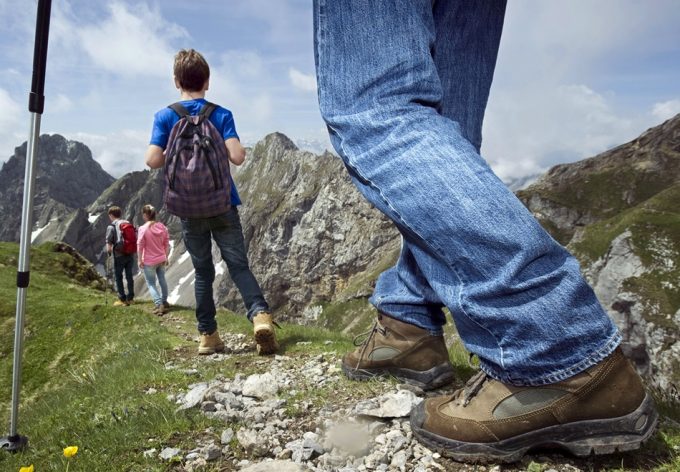Hiking 101: How to Become the Next Bear Grylls
We know it’s hard to get into a new hobby, especially one that involves survival skills and being outdoors. You might even think you must have a special knack for it, but all beginners need is a bit of hiking 101. We’re sure almost everyone can learn to love hiking, and that you shouldn’t be scared of setting on your own outdoor adventure.
You’ll be able to see a lot of things, learn new abilities, and perceive the world in a new way, by testing yourself. So this article is meant to help teach you the basics of hiking and maybe, who knows, even make you fall in love with it a bit.
Plan your trip
One of the best tips for hiking is constant planning. And if you’re a newbie to this whole deal, you might have in mind one of those movie cliches, where people carry huge backpacks and have enlightening, life-changing revelations.
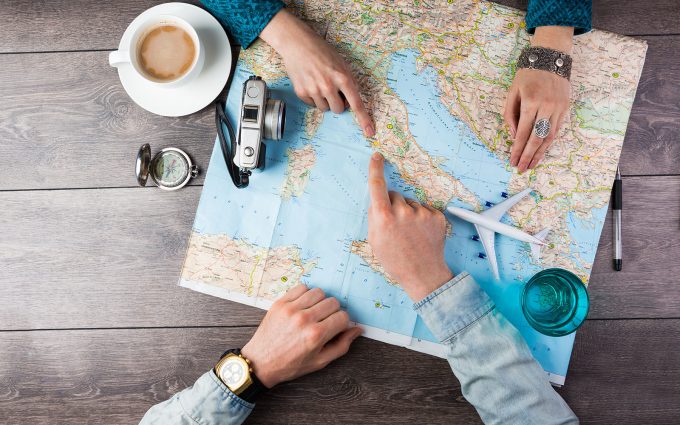
This might or might not be the case for you, but that’s not how we’d advise you to get into hiking. Although you might be in excellent shape, there’s more than physical prowess to traveling like that, it takes psychological strength too.
So our advice here would be to:
- Start small with your hikes.
- Build up your fitness level.
- Incorporate interval training into your routine, as it strengthens both the lungs and the mind.
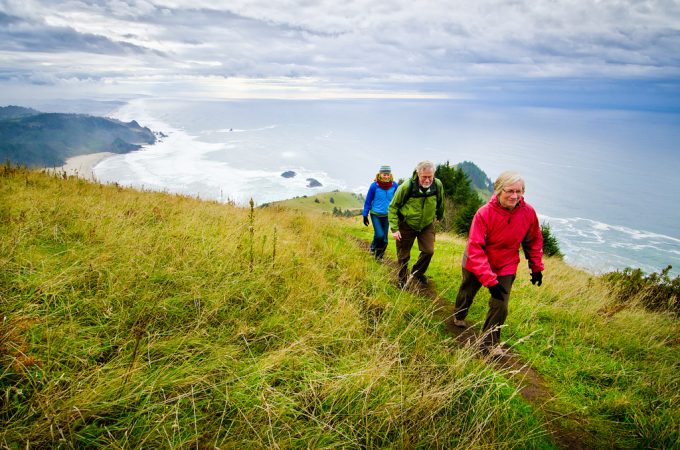
But apart from that, consider the logistics of your trip such as:
The length of your hike
Don’t decide on a 6 months trip across the US just yet, you’re still a beginner so you should start with trips that last a couple of days max. There are people who would advise beginners to start with just a day’s hike, but don’t limit yourself too much.
We like to recommend a two or three-day hike for complete beginners because you need to familiarize yourself with a lot of things, including carrying tents or additional clothing. Since you don’t need that for just a day, you might not learn as much with an afternoon hike.
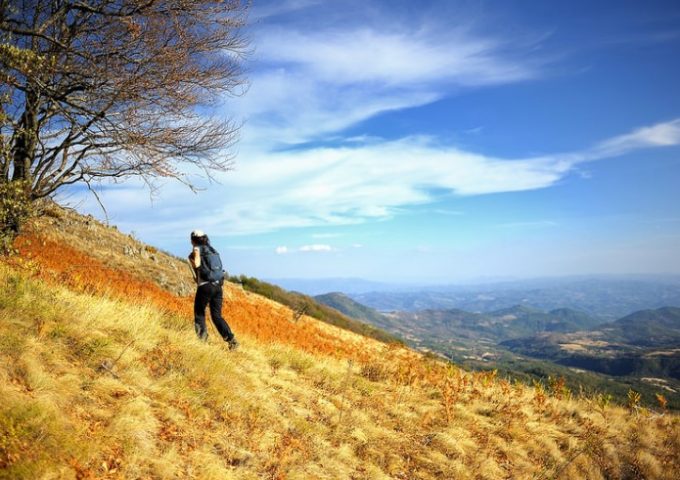
However, if you don’t have thetime or a decent fitness level to help you, by all means, a quick 4 hours hike is the best for you.
The size of your group
Even though there’s that nostalgic image of the lone hiker, it doesn’t have to be you at first if you don’t have a lot of knowledge as it can become quite dangerous. So you’ll have to choose between:
A small group
- Better for learning fast.
- You’ll stay together at all times.
- You can see what the other people are doing.
- You might not get people with extremely diverse knowledge.
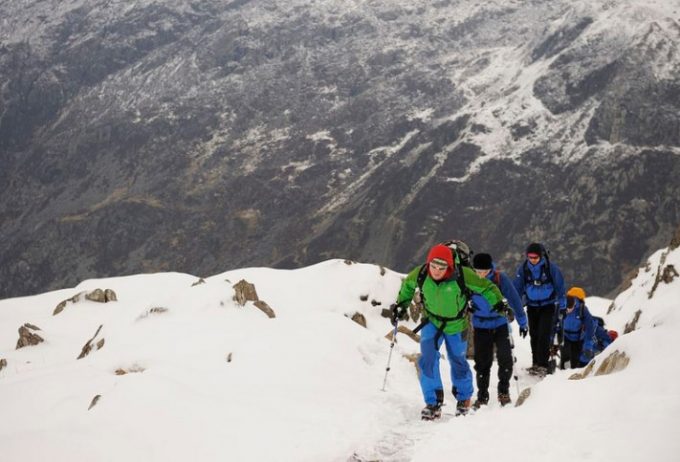
A large group
- More people means more know-how, experience, and stories to share.
- Better for learning a lot.
- You won’t be able to talk with everyone.
- You won’t be able to keep track of what all people are doing.
Your shape
When it comes to deciding how much of a beginner you are, just answer these questions:
- Do you work out frequently?
- Do you love spending time outdoors?
- Have you watched at least a few survival shows?
- Have you been in Girl Scouts/ Boy Scouts when you were a kid?
- Do you know how to use a map and compass?
If the answer to most of these is no, then it’s probably better to travel by car as close to the trail as possible. It’s also better not to go on a longer trip, or on a difficult trail.

Another good tip for hiking is to always follow the marked trail, there’s little chance of you getting lost like that.
The location of your hike
To find a great spot for hiking, you can browse the Internet, ask around your social group or go back to your childhood town. However, your choices will probably be:
Hiking in the mountains
- You need a lot more water than you might think, even if there are many streams on the way.
- You should bring warmer clothes – elevation means a cooler temperature.
- High boots are better, consider at least ankle-high if it’s warmer weather.
- Don’t go straight for a winter hike in the mountains.
- Bring a rain jacket, the weather might go bad without much notice.
- Take your sunglasses and wear sunscreen even if it’s cloudy.
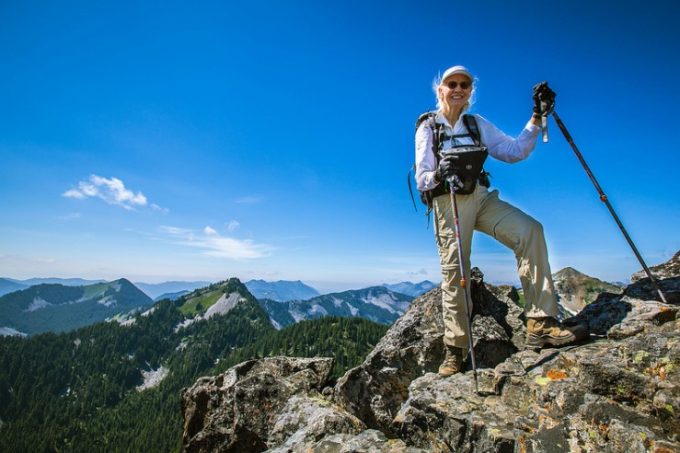
Hiking in the hills
- 3 liters of water should hold you for 24 hours.
- Don’t bring too many changes of clothes if you’re only be gone overnight.
- You can even trust most weather predictions in this sort of a hiking trip.
- You can choose a pair of shoes with a smaller shaft, but we’d still advise you to go with ankle-high shoes.
- You can hike in cooler weather too, there arefewer chances of stumbling on difficult terrain or wild animals.
- Don’t forget the sunglasses and sunscreen either.
Hiking on level ground
- This is the easiest sort of hike, but you still need proper hydration.
- There’s probably no need for extra clothes if you’re not spending the night.
- You can even pack an umbrella, it won’t be difficult to carry it if you don’t own a rain jacket.
- You can hike in sneakers, or even wear sandals.
- A winter hike is fine even for newbies.
- Protect your skin and eyes from the UV rays.
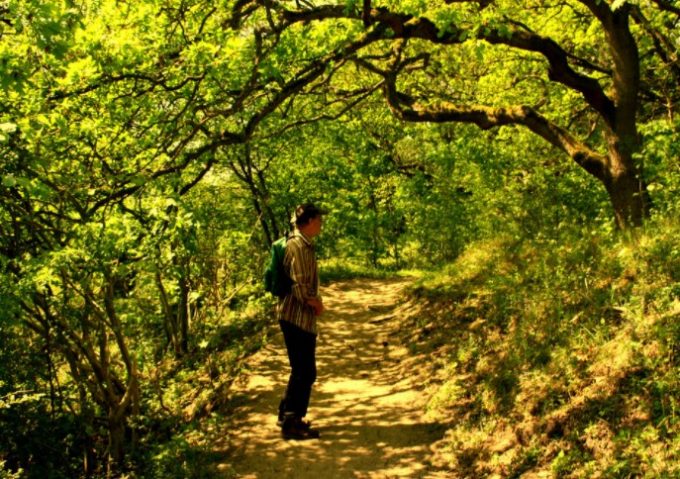
The people at home
After all the above tips for hiking, it’s time for one more: after deciding all these details, tell people where you’re going and when you’re planning to return. This goes especially for lone wolves because:
- You might not have a phone signal.
- You can accidentally get lost.
- In the case of an emergency, the authorities should be notified.
The right clothes
If you’re completely new to hiking, then you must think you’re going to invest a whole lot of money into the proper clothing. But that’s not necessarily true if you’ll get items that are:
- Easy to customize.
- Easy to layer.
- Not made from cotton – this absorbs moisture and keeps you all sweaty.
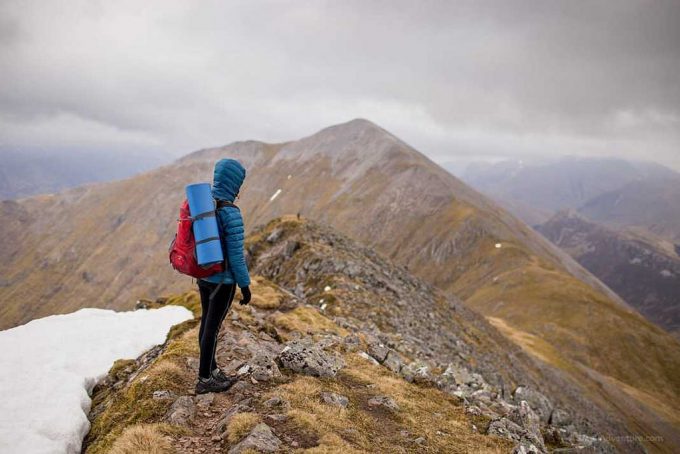
Pants
- Choose the appropriate length according to the weather.
- Long pants might be better to avoid nettles, poison ivy or insects that bite.
- Make sure they’re comfortable enough for large or jerky movements.
- Moisture-wicking is best, and cotton is definitely not advised for high-impact activities.
- Don’t go with jeans, unless it’s a quick 2 hours hike on level terrain.
Shirt
- This should be your base layer.
- If you can, get something made from polyester or merino wool for more intense hikes.
- Choose a shirt that’s durable and doesn’t tear easily, with good stitches.
- Get a proper size, not too big as you might get cold.
- Choose a light material, that feels comfortable on your skin.
- We love shirts that let your skin breathe and mask nasty smells at the same time.
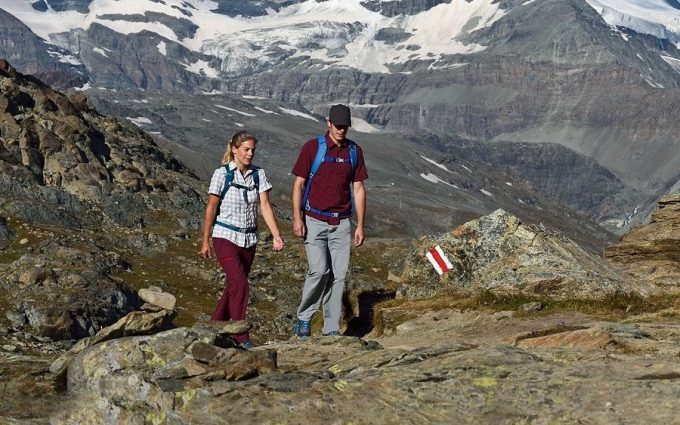
Jacket
- This is the outer layer.
- Get something light so it doesn’t weigh too much when carrying in your backpack.
- Make sure it’s compact and easy to pack.
- It’s best to get a fully waterproof and windproof jacket for bad weather.
- Check the stitches and the craftsmanship.
- Make sure the jacket offers proper insulation for the weather you’re hiking in.
Hat
- Something lightweight is better for warm weather.
- You can get a heavier hat for cold weather, it provides more insulation.
- Some hats even offer UV protection, so consider that if you’re hiking in full sun.
- Get larger brims to keep your ears and neck safe.
- Choose polyester or wool, depending on how cold you’ll get.

With that being said, keep in mind the first tips we’ve started these section with, especially versatility and ability to customize. There are lots of cool hats with detachable brims or pants with removable legs, so you don’t get too many clothes in your backpack.
Footwear
You can choose between:
Boots
- Better for uphill and off-road
- Better for winter or cold weather.
- These keep your ankles steady so you’re less likely to fall.
- Look for quality materials such as Vibram or leather.
- Check for waterproof materials, stitching and lace holes.
- Make sure you have a thick, preferably rubber outsole.
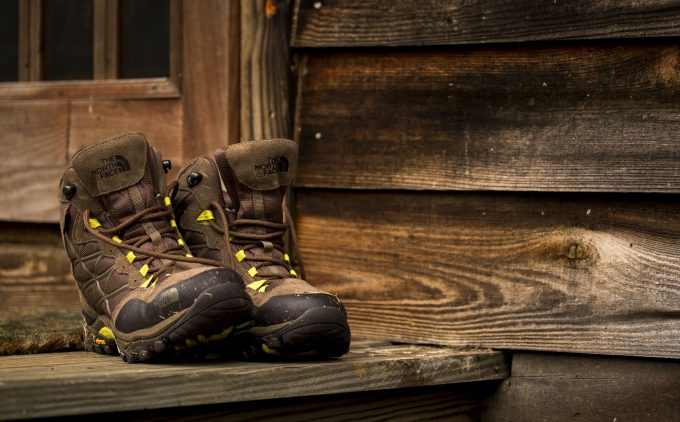
Sneakers
- Not really intended for hiking, but they can work for a quick walk.
- You can use them uphill, just not in the mountains.
- Don’t use these when it’s raining because they’re slippery.
- They won’t give too much support, so they’re not intended for rugged terrain.
- These might not be waterproof completely, just make sure they’re at least resistant to water.
- Don’t wear them during winter.
Sandals
- Use these for plain, even terrain.
- They’re ideal for a day’s hike on a clear path through the woods in the summer.
- Check for quality materials that don’t wear out fast, like Vibram, leather, and polyester.
- Make sure the inner sole is cushiony enough.
- Choose the proper size.
- Make sure all the straps are comfortably padded, so you don’t get injuries or bunions.
See our review of the top women’s hiking sandals to give you more choices.
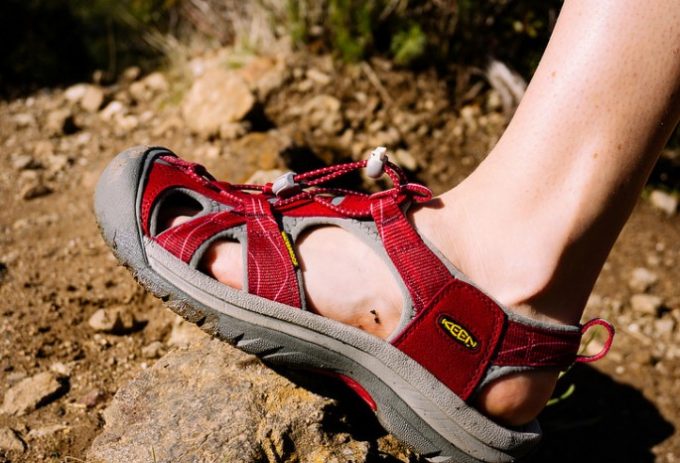
Socks
- Choose moisture-wicking materials like nylon or wool to avoid blisters.
- Invest in a good-quality pair of socks – they will end up saving your life.
Your gear
There’s no better way how to get into hiking than always carrying the proper equipment. You’ll have to think about the weather, terrain, and length of your trip, but you still need the following items
Backpack
For a beginner’s hiking trip, you need a small to medium backpack. If you’re just giving this whole hiking thing a trial run, don’t invest in something really expensive. Instead, get a backpack that meets your basic needs. See our review of the top survival backpack to help you in your next trips.
Tent and sleeping bag
If it’s your first time and you’re going with a small group, you don’t need to buy a tent, chances are you’ll be sharing. This is a good opportunity to see first hand what sort of tent you need when hiking. Check for how easy it is to carry, to set up, and how you feel inside.
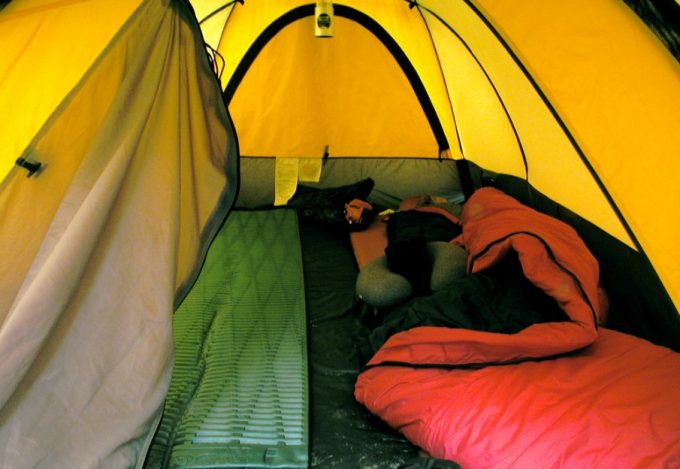
You only have to invest in a good, insulating sleeping bag. The rectangular shape is better for added room and extra comfort, you can even zipper two of these together. On the other hand, a mummy shape is more ergonomic and will keep you warmer, apart from being more compact and easy to pack.
Means of communication
Everybody carries their charged phone along everywhere, except in horror movies, so we’re sure you know this one. It’s even better to get a smartphone that has additional apps like a map and GPS to let you know where you are. Read our article review of the top GPS apps to help you stay on track.

It’s also advisable because a smartphone will give you the option of various weather, disaster or emergency alerts. You’ll also get an incorporated camera to immortalize your unforgettable first hike, plus access to various radio stations.
First aid kit
Even if it’s just a meager little outdoor trip, you might still get injured so you need the basics like:
- Band-aids for blisters and superficial cuts.
- Disinfectant for various cuts and rashes.
- Insect repellant in case you’re being attacked by bugs.
- An over-the-counter anti-inflammatory.
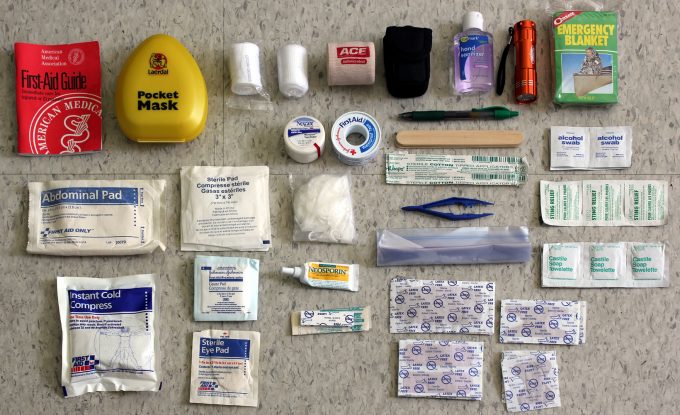
Multi-tool
You certainly need something to cut your way through the brushes, get some work done around camp, fix some iffy piece of equipment or carve a memento. It’s better to bring a multi-tool rather than a knife or a small axe if you’re a beginner, but consider getting more specialized equipment for your future trips.
Sunglasses and sunscreen
Protect your eyes and skin by choosing something with an appropriate UV factor. Make sure the sunscreen is resistant to water and sweat and that your sunglasses can be worn for hours at a time without hurting your eyes.
Food and water
Get 2-3 liters of water per day, and make sure you have sturdy bottles. A hydration bladder is even better, and we really encourage you to buy an inexpensive water purifier.
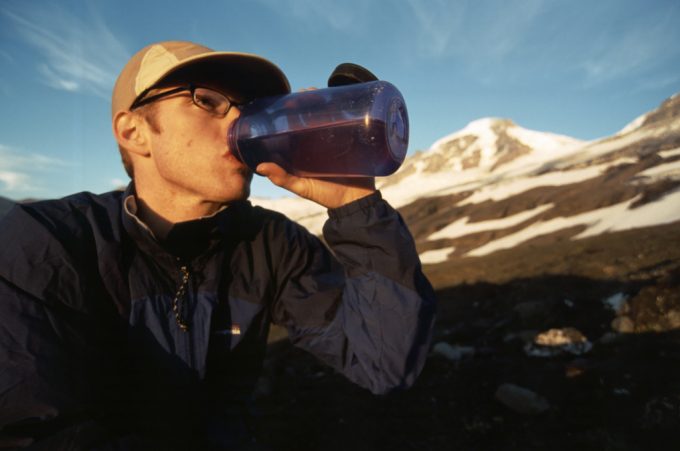
Most water purifiers cost less than $20, get rid of 99.99% waterborne bacteria and parasites, plus they even fit in your back pocket. When it comes to food, choose high-calorie items that give you all the energy you need. Nuts are great for protein and healthy fats, while fruits are an awesome source of sugar.
It’s better to eat fruit rather than candy because you don’t want a sugar rush. A slow energy release will keep you up and at’em for longer, apart from letting you feel fuller.
You can even get energy bars or power bars, some of these items come in nifty packages and provide a lot of calories. The advantage here is you don’t have to worry about finding the proper mix for the optimal taste and caloric intake.
Matches
You’ll probably want to start a campfire at some point, or even a signal fire if things go south. You might even want to cook some food, which is another good reason to bring along waterproof matches. A zippo lighter is a good addition too, in case it’s a lot of wind and can’t get your matches to work.

Flashlight
This is mandatory if you’re spending the night, in case you need to get out of the tent. It’s also good if you need to get some work done on your equipment and need extra light. Your phone might have a flashlight app, but we’d advise you to save the battery for important phone calls or GPS.
Emergency whistle
Don’t neglect this useful piece of gear. This comes in handy to deter wild animals from attacking you, or to make sure your group stays together.
Your knowledge
Hiking for beginners means brushing up on your old wilderness boy-scouts skills or starting entirely from scratch. Either way, you’ll need to know things like:
Nearby plants
Do a quick internet search to find out which plants are safe toeat at and which are poisonous. Especially for poisonous plants, avoid touching their leaves.
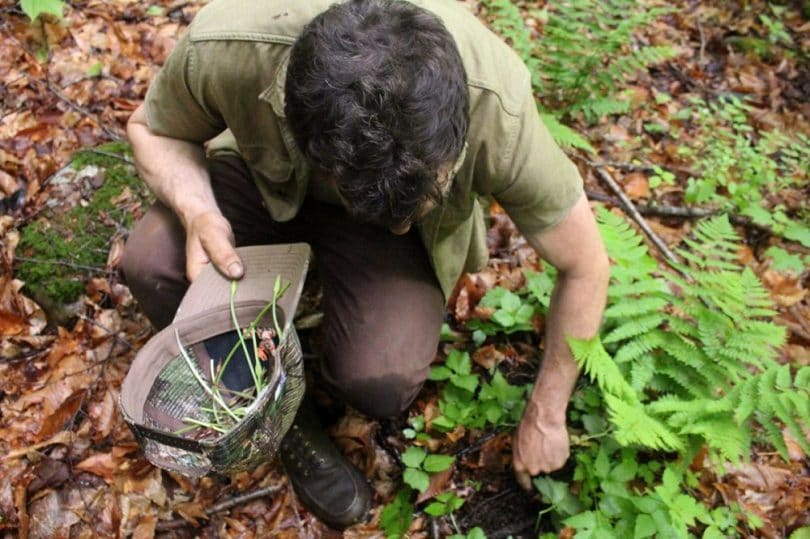
You can watch how small critters like squirrels or birds behave around plants, which ones they avoid, and which ones they eat.
Local animals
You might have a hoot getting a glance of wild rabbits or does with their fawns, but make sure you’re not walking in a place with dangerous animals like bears or wolves. Also, make sure you check for snakes, spiders and other venomous insects to take the proper preventive measures.
Triangulating your position
This is particularly good to know in case you’ll ever get lost. By simply using a map, a compass, and two prominent landmarks, you’ll be able to deduce your approximate location.
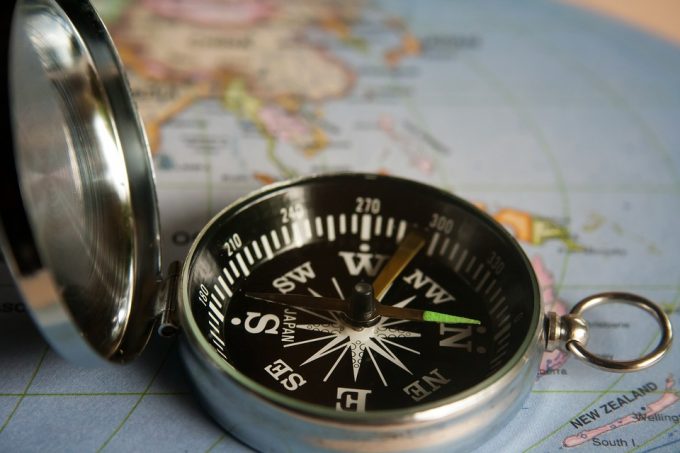
Of course, you’ll first need to know how to read a map and use a compass, so make sure you’re not just relying on your GPS.
Starting a fire
You should know which sort of wood to choose, how to form a tinder bundle and a teepee by constantly adding kindling in the right shape.
Make sure it’s ok to light a fire in that particular area and that there isn’t any fire hazard.
Building a shelter
It can be as easy as throwing a tarp over a fallen branch. However, make sure it’s on a high ground, away from water, safe from wind and wild animals.
Getting access to water
In case you get lost, you might need to know where to find water. You can start by looking for moist places and dig a small hole in the ground to find an underground stream. Or you can use a can covered with a plastic sheet that catches water droplets inside.
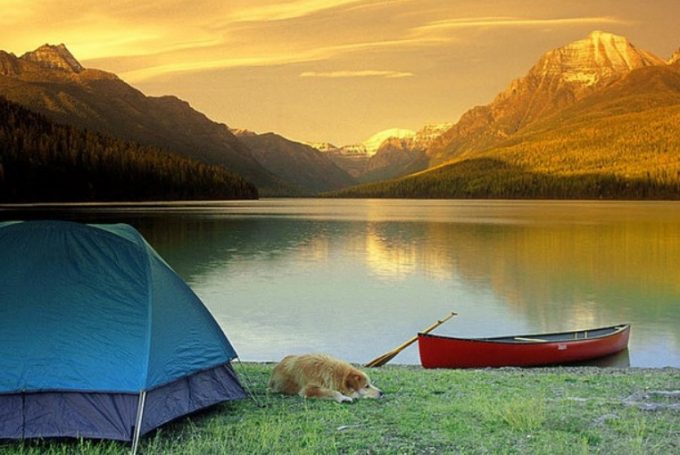
Basic survival thinking
There are lots of hiking tips to consider here, but the ones we think are the best regard:
- High ground is sound.
- Don’t eat colorful plants or insects.
- Layer up rather than wearing just one really warm shirt/ pair of pants.
- Don’t pollute the environment.
- Make sure you’re staying downwind.
- Make lots of noise to scare away wild animals.
- Don’t leave garbage behind.
- Avoid marshes or other treacherous grounds.
- Take calculated risks, the wilderness is no place for bravado.
- Avoid crossing rivers, but if you must do it, choose a point with shallow water and try to cross downstream.
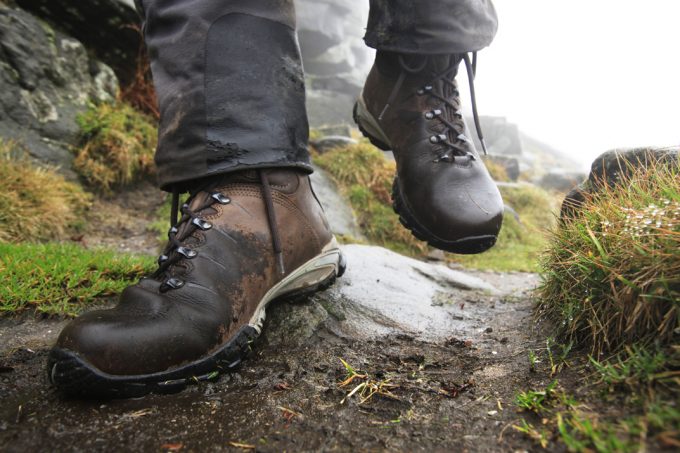
And possibly most important of all, be prepared to fall in love with the great outdoors. It’s best to always keep an open heart and mind because hiking isn’t just a fun activity, it’s a state of mind.
Feeling ready yet?
With that being said, we’re really hoping you’ll enjoy your first hiking trip. Take into account all the tips above, but stay flexible and use your hiking know-how to your advantage. For more reviews of the top hiking essentials you must have, read our article on this topic.
And be sure to let us know how it all went. What did you enjoy most about hiking? What did we miss? What made you want to do it in the first place? The comments are right below!


